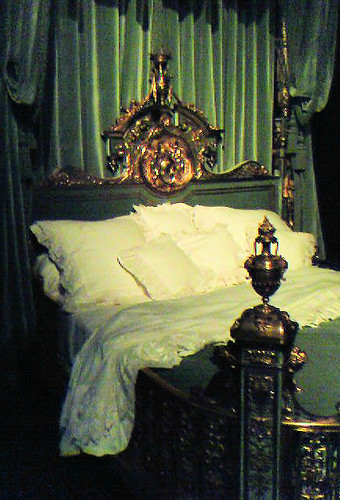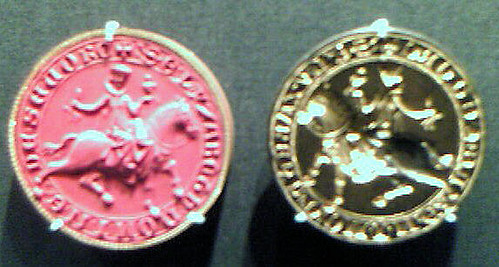Because it is not what you find, but the questions you ask about the determine the conclusions you’ll reach.
I’ve been reading, in my odd spare minute, the fascinating Findings: The Material Culture of Needlework and Sewing, by Mary C Beaudhry. She’s interested in the physical evidence of the craft that is found on archaeological sites, and has some fascinating conclusions, and an awful lot of confusion from (frequently) male archaeologists who lacked basic knowledge of the craft that might have set them straight.
So there’s a whole chapter on “the lowly pin”, going back to what have been identified as “dress pins” from a royal tomb in Bronze Age Turkey (Alaca Hoyuk). But, Beaudhry says: “These have flat ends and hence are far more likely to have been spindles than pins.” (p. 11)
The most common for millennia were probably wooden pins, although they are only rare survivals in boggy ground – among the oldest from a Neolithic site at the Sweet Track on the Somerset Down, but by the 15th and 16th century, in London at least, metal pins become common.
In April 1440, two galleys outfitted on behalf of seven Venetians merchants docked at Southampton on their return voyage from Flanders carring 83,000 pins as part of their cargo.”
These were mostly straight, made from fine wire and with small heads – an artefact of fashion since they were used to fasten women’s veils; “the trousseau of Edward II’s daughter, Prince Joan, whose wedding took place in 1348, included 12,000 pins for fastening her veils” (p. 13)
And they continued to be the fastener of the poor – cheaper than buttons – into the 17th century. And they were used to fasten the clothing of infants! From the 18th century: “As to the head, it is covered with two or three biggins [bonnets], the first of which is of linen, and the others woollen, and these are tied beneath the neck. In many places they add a stayband or a kind of headdress with two ends which hang down the side of the head and are fastened on the breast with pins in order to meet the infant hold its head straight.” (p.14)
Yet it seems many archaeologists tend to interpret the presence of pins as evidence of sewing, and women. Which must have meant some confusion when 1,575 pins were recovered from the 16th-century Free Grammar School in Coventry (all male pupils – the pins would have been used to hold their ruffs in place. (p. 22)



 About
About